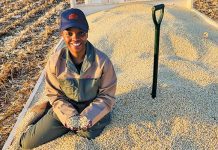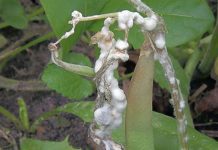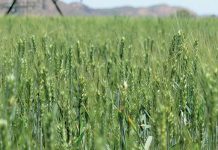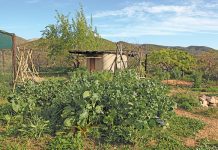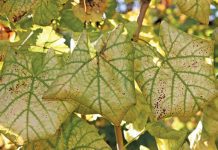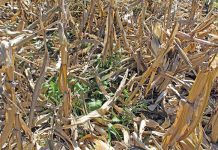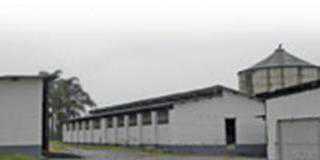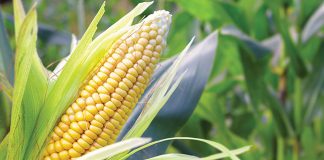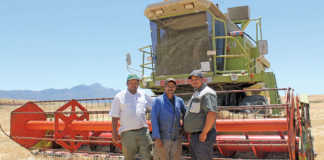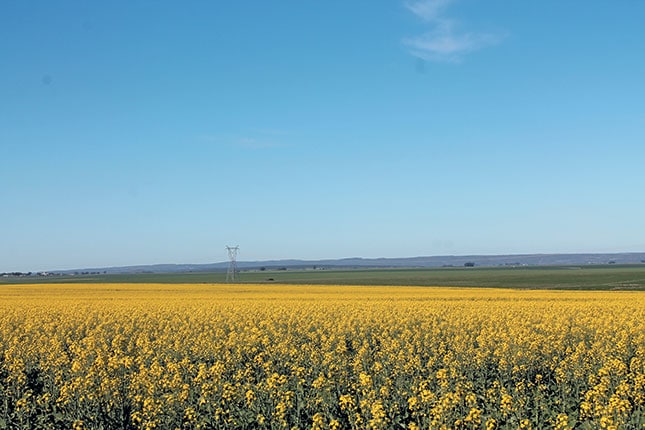
Johannes Joubert has been growing canola since 2000 on the 3 026ha Kweekkraal Farm just outside Riversdale in the Western Cape. Initially, he introduced canola only because of the advantages it offered in a crop rotation system.
“Planting canola gave us the opportunity to address our grass problems more effectively with alternative herbicides – and more cost efficiently. It also helped with breaking root disease cycles,” he explains.
Nowadays, in addition to playing an integral part in the 10-year crop rotation cycle, it has earned its rightful place in the portfolio of cash crops on Kweekkraal.
“With the current good prices and rebates we get, it’s beneficial to plant canola as a cash crop,” says Johannes.
READ MORE Choosing the right canola cultivar
For the 2015 harvest, a minimum price of R4 700/t and a rebate of R700/t was paid to farmers, he adds. Johannes expects yet another rebate in September and likes the way Southern Oil in Swellendam manages its canola prices.
Crop farming on Kweekkraal focuses on wheat, barley and canola. Annual planting usually consists of about 50% wheat, 25% barley and 25% canola.
Johannes, the fifth generation of his family to farm on Kweekkraal, follows a 10-year crop rotation cycle – five years’ annual cash crops, followed by five years’ lucerne. He plants wheat in the first year, barley, wheat or oats in the second year, and canola in the third. In the fourth year, he plants wheat once more.
“In the fifth year, we again plant wheat, barley or oats and in the sixth year, canola is undersown with lucerne,” he explains.
“From the seventh to the 10th year, we plant lucerne, which is used only as grazed forage for our sheep flocks.”
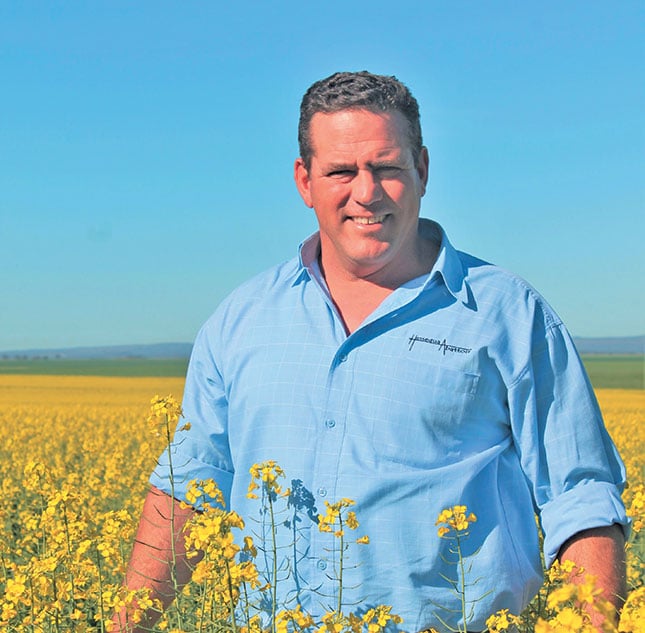
This year, Johannes planted a Clearfield canola cultivar.
He follows a minimum-till regime and plants his canola directly into the stubble of the previous year’s crops.
He considers it important to have a planter that fits in with his conservation farming practices.
“A planter should be able to move easily through the stubble,” he explains.
He uses a 49-tine, 14,7m-wide DBX planter with an inter-row spacing of 300mm, and plants the canola at a density of between 2kg/ha and 2,5kg/ha.
Careful fertiliser application
Fertiliser is applied during planting, which takes place at the beginning of April. In 2015 – the harvest for which Johannes received the Protein Research Foundation award – he applied nitrogen at 25kg/ha during planting.
This was followed by a further 30kg/ha during stem elongation. He also administered lime sulphur twice just before planting, and ammonium sulphate as top-dressed fertiliser.
However, he adds top-dressed fertiliser only if his canola shows potential.
“You can use it to unlock the canola’s potential even further, but if the crop doesn’t look promising, or if it’s dry year, it may not be worth the expense,” he cautions.
Proactive treatment
Johannes follows a preventative spraying programme that addresses insect problems from as early as the planting stage.
Canola is proactively treated with Prosaro for Sclerotinia and black stem. Foliar feeding is combined with other chemicals to address spore elements.
“It doesn’t help to spray for Sclerotinia or black stem when the canola is already infected. You have to do it preventively,” he stresses.
Snails should also be monitored in canola camps. Johannes does this by applying slug pellets during planting. It is just as important, however, to keep an eye on the crop before the snails cause too much damage to the canola.
Johannes regularly visits the camps to see which insects were killed and how many pellets are left. If none remain, he sprinkles another round of pellets.
“When pest and diseases damage your canola, it’s gone! It’s therefore important to protect the plant. Canola isn’t a straightforward crop to farm and time is of the essence. A day or two can easily result into big yield differences,” he says.
Johannes and his team carefully monitor the ripening of the canola to determine when to start windrowing.
Normally, the optimal time for windrowing is when the top third of the plant has mostly green seeds, but Johannes has also learnt to trust his instinct on these matters.
He swathes his canola with a self-propelled windrower in an east-west direction to limit yield losses due to wind damage.
It’s important not to wait too long before harvesting, he stresses.
“If you wait too long, the pods could break open on the land and yield is lost. Established lucerne can also start to grow between the windrows,” he says.
In addition, the harvester must be large enough to pick up the canola windrows.
Even after following the correct techniques, a canola grower still needs good fortune, according to Johannes. He says that other factors also helped him achieve his winning yield.
“Good summer rains from the previous year enabled us to conserve the soil moisture better. We also applied good weed and insect management,” he says.
Johannes applied slug pellets three times in the winning camp. He also sprayed the camp twice with the herbicide Prosaro. The first application was for black stem and the second for Scelortinia.
In addition, the uniform ripening of the canola enabled Johannes to swathe at the optimal time, which ensured minimal losses during harvesting and a champion yield.
Email Johannes Joubert at [email protected].

